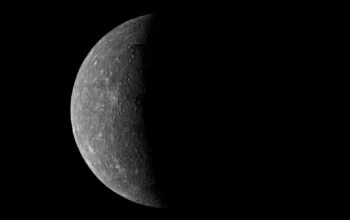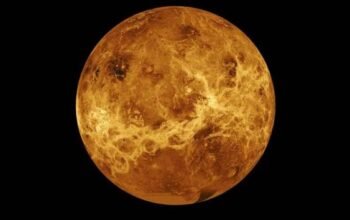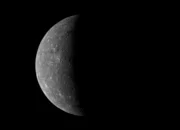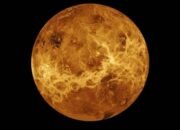middleportal.com – Stars, those mesmerizing celestial bodies that dot the night sky, hold within them the secrets of the universe. Have you ever wondered what fuels these magnificent balls of fire? The answer lies in the remarkable process of nuclear fusion.
Stars are fueled by the nuclear fusion of hydrogen to form helium deep in their interiors. This incredible phenomenon occurs under extreme temperatures and pressures, transforming these humble gases into the very essence of starlight.
At the heart of a star, hydrogen atoms collide with such force that their nuclei fuse together, creating helium. This fusion releases an enormous amount of energy in the form of light and heat, which radiates outwards, giving stars their brilliance.
But how does this fusion process occur? The intense gravitational forces within a star’s core squeeze hydrogen atoms together, overcoming their natural repulsion to form a tightly packed plasma. As the temperature rises to millions of degrees, the hydrogen atoms gain enough kinetic energy to overcome the electrostatic forces that keep their nuclei apart.
When two hydrogen nuclei collide with enough force, they can merge, forming a helium nucleus. This fusion process releases a tremendous amount of energy, as described by Einstein’s famous equation, E=mc². The mass lost during fusion is converted into pure energy, which powers the star and illuminates the universe.
Without this constant release of energy, stars would collapse under their own weight due to gravity. The pressure generated by the energy outflow from the star’s core counteracts the gravitational forces, maintaining the delicate balance necessary for a star to exist.
Stars come in a variety of sizes and colors, each with its own unique fusion process. The most common type of star, like our Sun, undergoes a process called the proton-proton chain. This chain reaction involves a series of fusion reactions that gradually convert hydrogen into helium.
For larger stars, such as red giants or supergiants, a different fusion process takes place. These massive stars have enough pressure and temperature in their cores to fuse helium into heavier elements like carbon, oxygen, and even iron. This process continues until the star exhausts its nuclear fuel, leading to its eventual demise in a spectacular supernova explosion.
The study of nuclear fusion in stars has profound implications for our understanding of the universe. It provides insights into the origin of elements, the life cycle of stars, and the formation of galaxies. Scientists continue to unravel the complexities of stellar fusion through advanced simulations and experiments, pushing the boundaries of our knowledge.
So, the next time you gaze up at the night sky and marvel at the stars, remember that their brilliance is fueled by the awe-inspiring power of nuclear fusion. These celestial powerhouses are the result of a delicate cosmic dance, where hydrogen atoms unite to create the very fabric of our universe.












